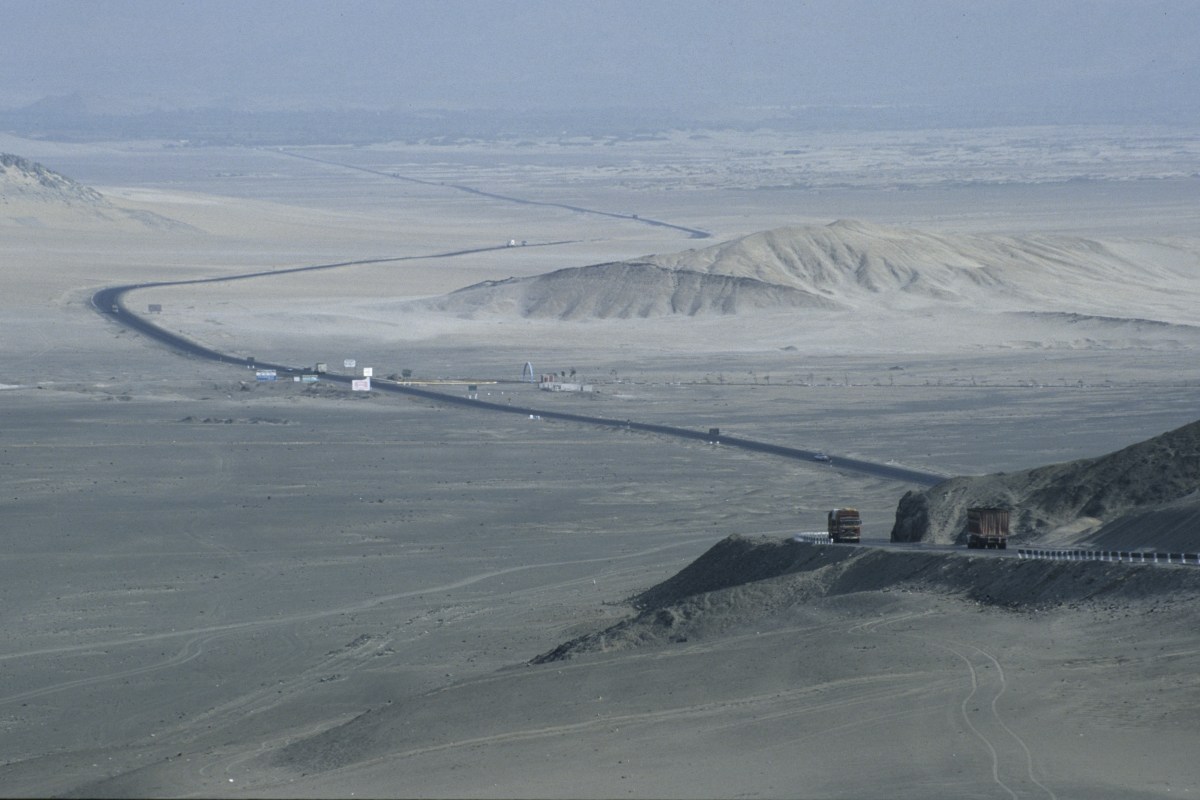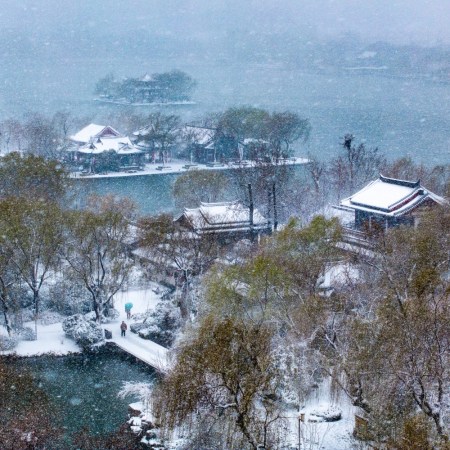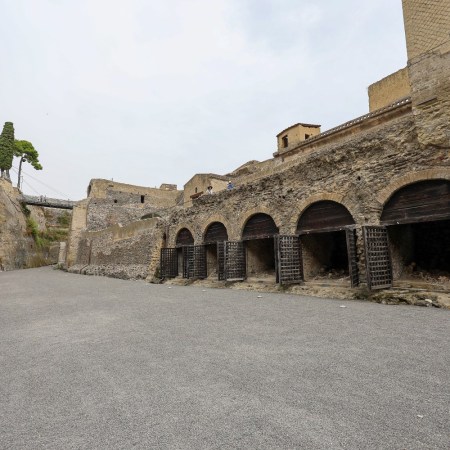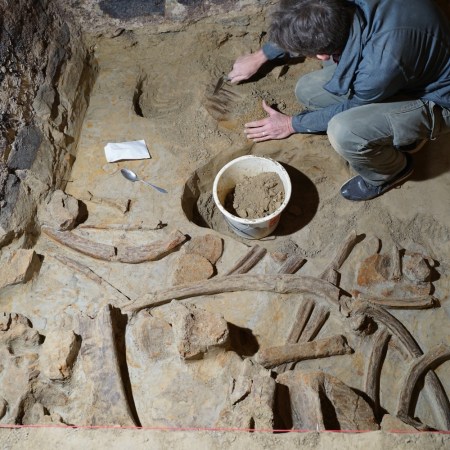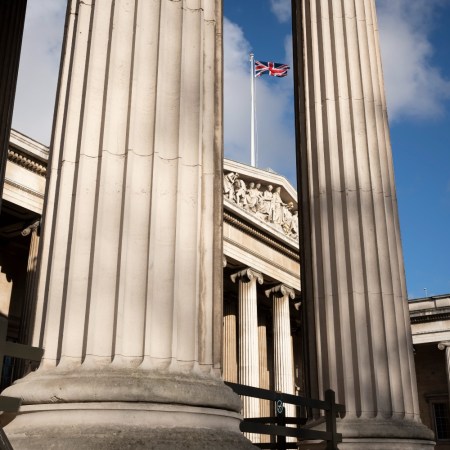In northwestern Peru, a group of farmers working to extend fields for sugarcane and avocados discovered something anomalous last year: an old structure with a colorful mural. Just how old it was and what the mural depicted remained to be seen, a mystery that both the site’s discoverers and the scientists called to the scene were left to discover.
Now, archaeologists have learned a lot more about the building and the mural — including the fact that it’s 3,200 years old. A new article by Sam Jones at The Guardian notes that the scientists investigating the site are confident that the mural depicts “a zoomorphic, knife-wielding spider god associated with rain and fertility.”
Located in the Virú province of the country’s La Libertad region, the structure that the farmers discovered is believed to be a temple for the deity in question. Unfortunately, the farmers’ work on the area nearby that prompted the discovery also caused the destruction of some of the site.
The archaeologists also believe that the site was created by the Cupisnique culture, which developed around 3,000 years ago. Much of what has survived from that society has come in the form of pottery; an article on the culture from Peru’s Museo Larco notes that many of the society’s objects abounded with religious imagery. This new discovery may well offer more insight into the region’s past.
Thanks for reading InsideHook. Sign up for our daily newsletter and be in the know.
